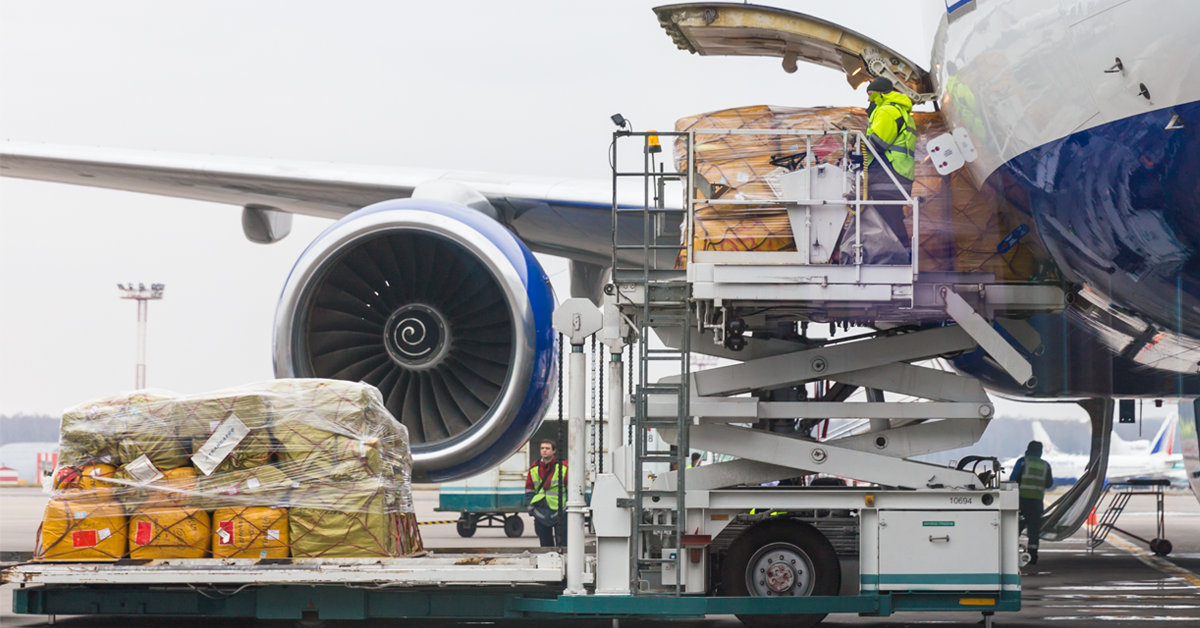In September 2017, Hurricane Maria ripped through Puerto Rico—the strongest storm to hit the island in 80 years. It knocked out 95 percent of the island’s power and resulted in almost 3,000 deaths, compounding the damage from Hurricane Irma, which landed just weeks earlier.
The Federal Emergency Management Agency (FEMA)—still reeling from both Irma and Hurricane Harvey—was widely criticized for its response to Puerto Rico’s “humanitarian crisis.” It took days for food and water to reach the island, and, a week later, it was still unclear if half the island’s hospitals were open or closed.
Years later, in the midst of the global coronavirus pandemic, the United States faces eerily similar challenges, according to Ayman Omar, a professor of information technology and analytics at American University’s Kogod School of Business. “It varies in scale and scope, of course,” says Omar, who has researched how to modernize FEMA’s disaster response alongside management professor Heather Elms, “but the issues are comparable. We need to react quickly, and we need specific supplies in certain locations.”
We Need a New Process in Place
 The shortage of medical equipment and breakdown in delivery to where it’s needed is a systemic problem. FEMA simply doesn’t have a way to quickly and efficiently monitor, track, and pay for supplies, or to collect and report on critical information within US supply chains in a transparent and trusted way across all states. This is partially why we are so short on critical supplies, like PPE, in harder-hit areas like New York City. It’s not just that we don’t have enough—the government also isn’t effectively distributing what we do have.
The shortage of medical equipment and breakdown in delivery to where it’s needed is a systemic problem. FEMA simply doesn’t have a way to quickly and efficiently monitor, track, and pay for supplies, or to collect and report on critical information within US supply chains in a transparent and trusted way across all states. This is partially why we are so short on critical supplies, like PPE, in harder-hit areas like New York City. It’s not just that we don’t have enough—the government also isn’t effectively distributing what we do have.
“There’s no kind of systematic way for anyone to say, ‘Hey, can I get [supplies] from this place or that other place?’” says Elms, who holds a PhD in strategy and organization. But, she explains, “part of the problem is that the supplies needed to address the pandemic are different than the ones needed for previous disasters.”
“Even at the state level, it’s difficult to know what is needed where,” adds Omar, who holds a PhD in supply chain management and logistics. “And, needs change by the second and the minute, making it even harder to determine where supplies are, how much we have, and where they are most needed.”
 One timely solution could be blockchain. In his recent interview about the coronavirus’s impact on global supply chains, Omar explains how blockchain securely stores and updates complex digital information, like where different products are stored. The technology, best known for its underlying use in cryptocurrencies like Bitcoin, uses a synchronized database called a “distributed ledger” to instantly organize data from multiple sources—a potentially life-saving capability during a disaster. What’s more, blockchain is virtually tamper-proof. Once data is entered into the ledger, it can’t be changed or deleted. Information becomes part of a historic database that individuals and institutions can trust to help drive their decision-making.
One timely solution could be blockchain. In his recent interview about the coronavirus’s impact on global supply chains, Omar explains how blockchain securely stores and updates complex digital information, like where different products are stored. The technology, best known for its underlying use in cryptocurrencies like Bitcoin, uses a synchronized database called a “distributed ledger” to instantly organize data from multiple sources—a potentially life-saving capability during a disaster. What’s more, blockchain is virtually tamper-proof. Once data is entered into the ledger, it can’t be changed or deleted. Information becomes part of a historic database that individuals and institutions can trust to help drive their decision-making.
What’s Trust Got to Do with It?
Blockchain addresses another major emergency response issue: trust and visibility.
Take the recent reports that FEMA allegedly intercepted state and local officials’ medical supply deliveries without explanation. Many state authorities ordered critical supplies, like masks, gowns, and ventilators from the national stockpile—only to receive word that materials had been “redirected.” FEMA could not explain where supply orders were redistributed or if authorities would receive part of their orders in the future.
“We’ve been asking what we’re going to get from FEMA,” explained Colorado Governor Jared Polis, who expected to receive 500 ventilators, to Business Insider. “We’d love a timeline and numbers.”
With a blockchain-based supply chain system, FEMA could have offered quantitative and qualitative data alongside regular updates to state officials on where their (and other agencies’, as well as all agencies’ contractors’) supplies were, where they were sent, and when officials might receive them.
“If we had these kinds of records, we’d be able to tell what’s really going on,” explains Elms. “If we see supplies going where they’re most needed, that would help with trust.”
“This type of transparency is crucial because it’s part of changing people’s behaviors—individuals’, states’, and companies’,” adds Omar. “When you make everyone part of this ecosystem, trust [increases drastically].”
Designing for the Future
Moving forward, Omar says the US’s success, both in increasing response speed and in building public trust in decision-making, will depend on its supply chain system’s design. It’s like creating a new piece of furniture, he says. “Maybe it’s not hard to make, but what does it look like, and who is going to use it?”
We need a carefully engineered, blockchain-based system that tracks who is part of that system, who needs the information, who is gathering the information, and how it is shared.
“For this to be useful, it has to be implemented and designed in an appropriate way. Otherwise, we’re just adding software to a system without addressing the core problem,” Omar says.
Ultimately, our current shortcomings aren’t due to incompetence or fraud—it’s a lack of information due to the system we’re using. Like with Hurricane Maria, we don’t have a way to collect and report on critical information in a trusted or efficient way.
Natural disasters, whether global pandemics or hurricanes, aren’t nonrecurring events, warns Omar. They will happen again, and “unless we’re able to make decisions in a timely manner that’s transparent,” he says, “we will keep seeing the same results.”
